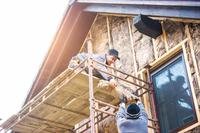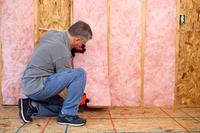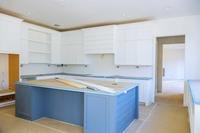Many people may think earthquakes are limited to California and Alaska, but the reality is that anyone west of the Rockies and even parts of the East Coast are in an earthquake zone.
Is Your Home and Family Prepared if Another 'Big One' Comes Along?
If you live in an earthquake prone area, here are some tips from the Institute for Business & Home Safety to make sure you're prepared.Planning for an Earthquake
- Become familiar with your community's disaster preparedness plans and create a family plan with escape routes, an emergency meeting place and a contact point to communicate with concerned relatives.
- Make certain all adult and teenage family members know where your gas, electric and water main shutoff controls are and how to turn them off if there is a leak or electrical short. Keep necessary tools close by.
- Put together an emergency kit.
Inside Your House
- Fit gas appliances with flexible connections and/or a breakaway gas shut-off device, or install a main gas shut-off device.
- Secure water heater(s) to walls.
- Anchor bookcases and filing cabinets to walls.
- Install latches on drawers and cabinet doors to keep contents from spilling out.
- Install ledge barriers on shelves, place heavy items on lower shelves, and secure large, heavy items and breakables directly to shelves.
- Attach computers and small appliances to desks, tables or countertops.
- Secure ceiling lights, suspended ceilings and other hanging items such as chandeliers and plants to the permanent structure of your house.
- Apply safety film to windows and glass doors.
- Anchor large appliances to walls using safety cables or straps. Lock the rollers of any large appliances or pieces of furniture.
The House Itself
If the structural elements of your home need reinforcing, some of the most important and common retrofits include:
- Adding anchor bolts or steel plates between your home and its foundation.
- Bracing the inside of your home's cripple wall — the short wood-stud wall between the top of the foundation wall and the first floor — with sheathing.
- Bracing unreinforced chimneys, masonry and concrete walls and foundations.
More Information
- The Institute for Business & Home Safety offers information on protecting your home from earthquakes.
- Do you live near a known fault? The U.S. Geological Survey provides information about faults, wherever you live in the country.
- Earthquake coverage is not included in a typical homeowners insurance policy, but may be an additional coverage option.



